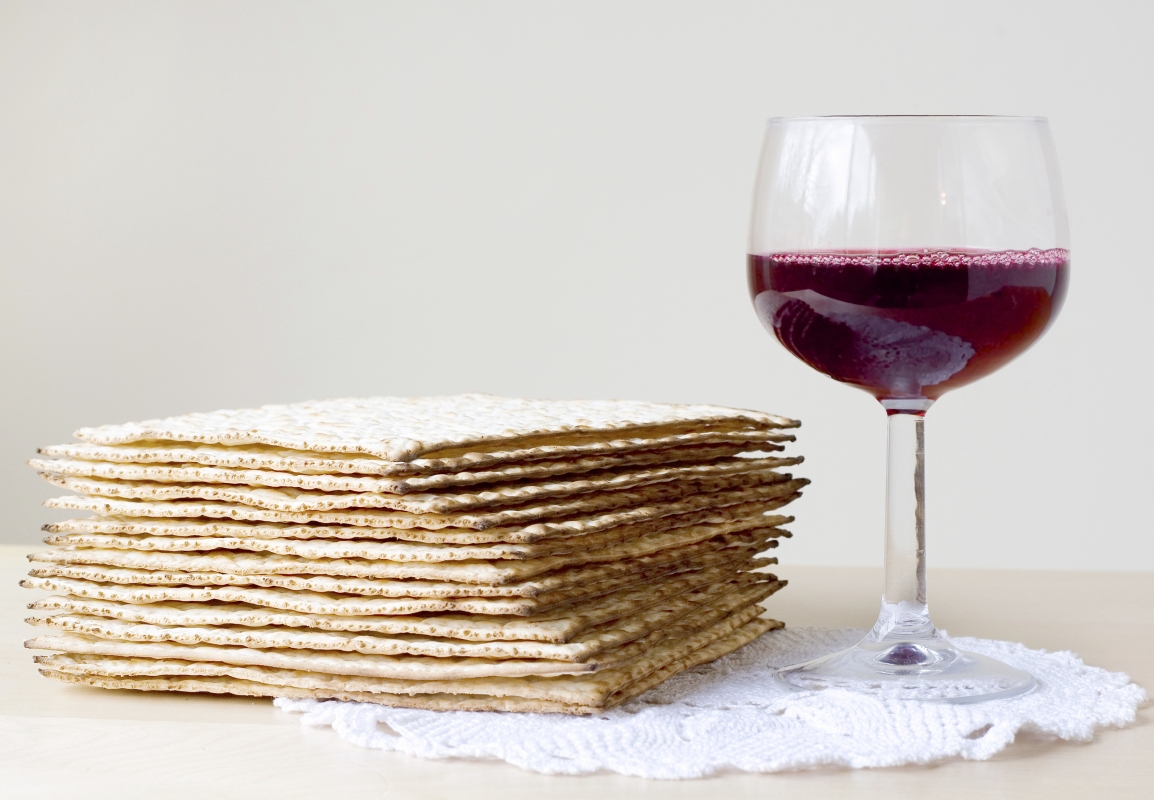Due to the merits of Miriam, a mysterious well, created on the eve of the first Sabbath, accompanied the children of Israel in the desert.
It followed her everywhere
like a lover, easing us to rest,
springing from hidden places
in our wanderings.
Always, we were thirsty. Angered
by our wailing, she’d stamp her feet.
Even from the pools of her heelprints
we drank.
Once in anguish
she beat the rocks with her bare hands
again and again, weeping.
Water gushed, cleansing her blood,
soaking her hair, her robe.
She cupped her hands, rinsed her mouth,
spat; she splashed, she played.
Laughing, we filled our bellies.
She was the one we followed,
who knew each of us by name.
Healing rose from her touch as drink
from the deep, as song from her throat.
She was the well. In our hearts
we called her not Miriam, bitter sea,
but Mayim, water.
From All the Women Followed Her, ed. Rebecca Schwartz (Rikudei Miriam Press, 2001), p. 37. Printed with permission of the editor.











